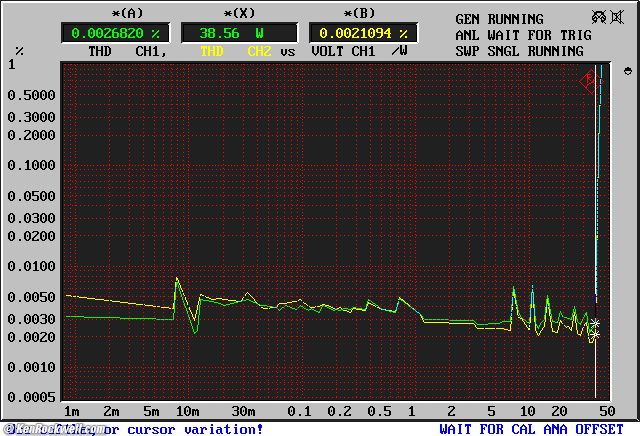D
Deleted member 5962
Guest
Ah ok. It definitely comes on fast in Modern. At home, master at 9:00 is getting pretty loud, as you know.  However, I've had amps that were extremely "touchy" and literally jumped from not quite loud enough, to way to loud with a 1/16 inch movement on the master. When you said "uncontrollable" that's what it reminded me of. The Mini Rec comes on fast in Modern, for sure, but it is smooth enough that it can be controlled. There isn't that crazy jump in volume that some amps have. (My old Peavey Classic 30 was really bad about this!)
However, I've had amps that were extremely "touchy" and literally jumped from not quite loud enough, to way to loud with a 1/16 inch movement on the master. When you said "uncontrollable" that's what it reminded me of. The Mini Rec comes on fast in Modern, for sure, but it is smooth enough that it can be controlled. There isn't that crazy jump in volume that some amps have. (My old Peavey Classic 30 was really bad about this!)
I've seen other guys complain about similar things with other Mesa amps, and sometimes it surprises me that people don't understand that when you have 3 modes on one channel, there must be SOME compromise when choosing a volume pot taper. Heck, they even put dual pots on some models (Mark V25) to combat this, but when you want multiple voices on one channel, there's only so much you can do. Plus, as you well know, Modern mode is sort of a beast. LOL
Of course, a lot of this boils down to how loud you practice/play at home/ etc. And some amps just don't sound that great when turned down.
I've seen other guys complain about similar things with other Mesa amps, and sometimes it surprises me that people don't understand that when you have 3 modes on one channel, there must be SOME compromise when choosing a volume pot taper. Heck, they even put dual pots on some models (Mark V25) to combat this, but when you want multiple voices on one channel, there's only so much you can do. Plus, as you well know, Modern mode is sort of a beast. LOL
Of course, a lot of this boils down to how loud you practice/play at home/ etc. And some amps just don't sound that great when turned down.




